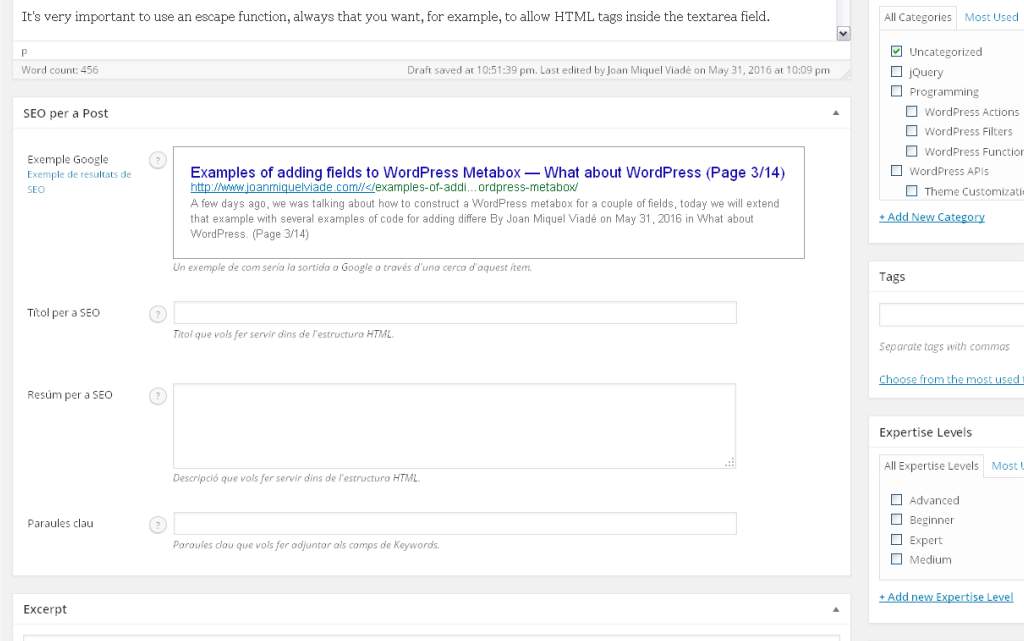Since versión 3.1, WordPress introduced a new theme feature called Post Formats that, basically, allows us to divide a regular WordPress Post Type in subsets based on the nature of the information that a post includes, ie, you can have regular posts, but you can also have posts that specifically contain a video, or an image, etc. In case of the Post Type post, most of the popular WP themes already includes support for styling its Post Formats but, what can we do for using Post Formats in case of our custom Post Types?
The proposed method is quite easy and it simply extends the habitually used technic for dealing with Post Formats inside WordPress templates, in other words, we’ll create a refined system for loading the content-{$post_format_slug}.php subtemplates. Continue reading…









